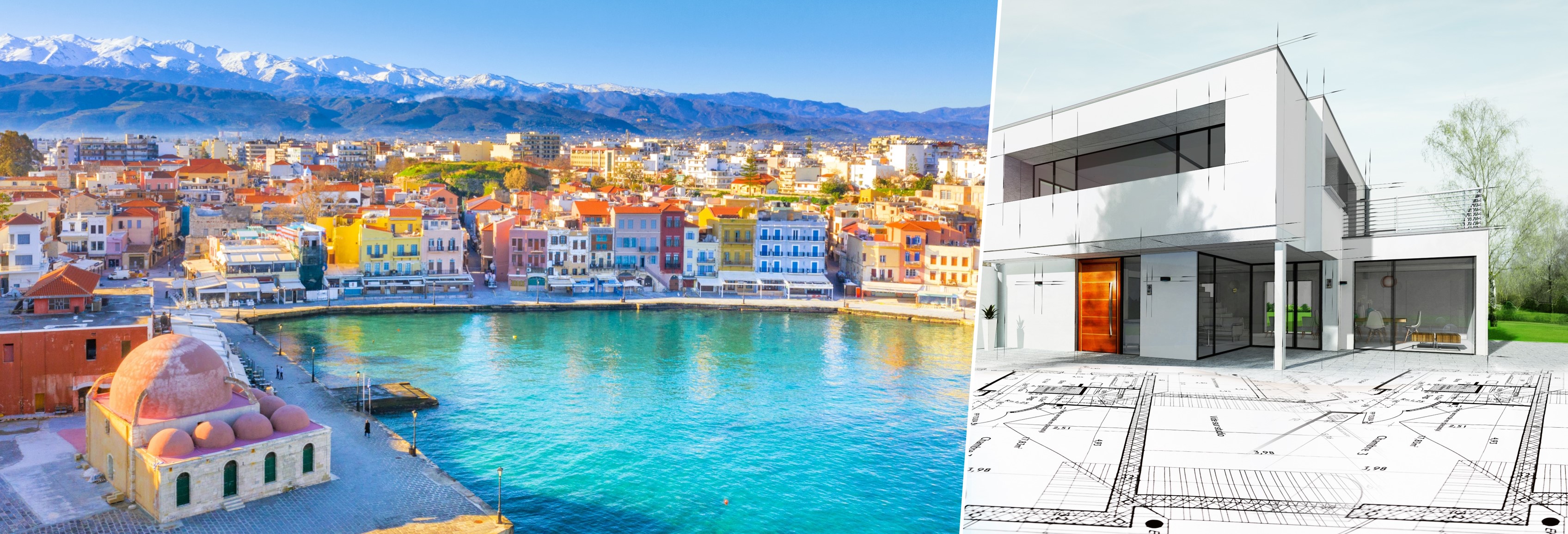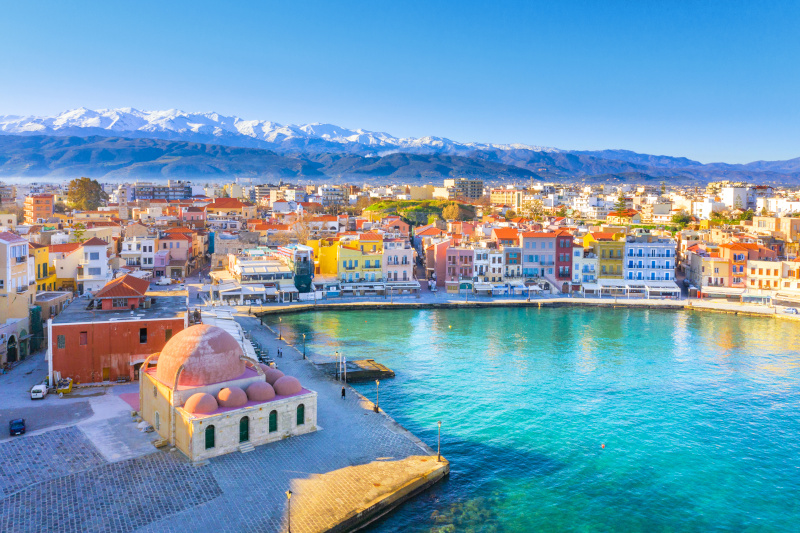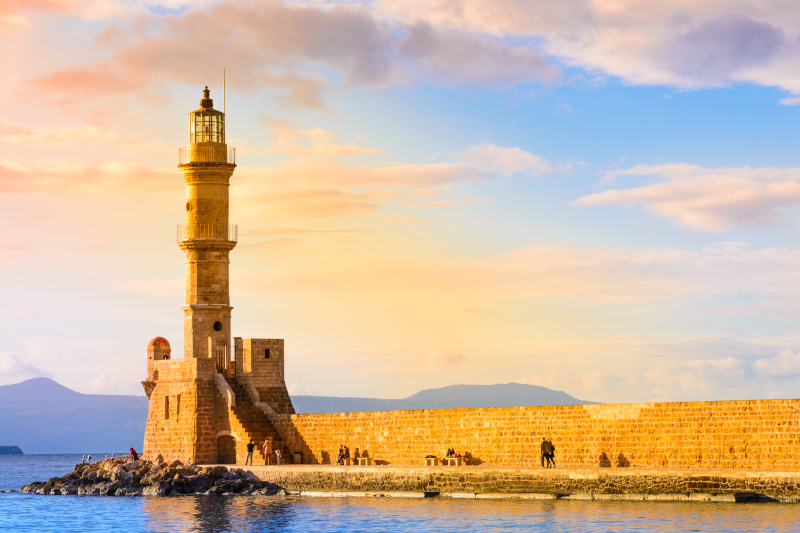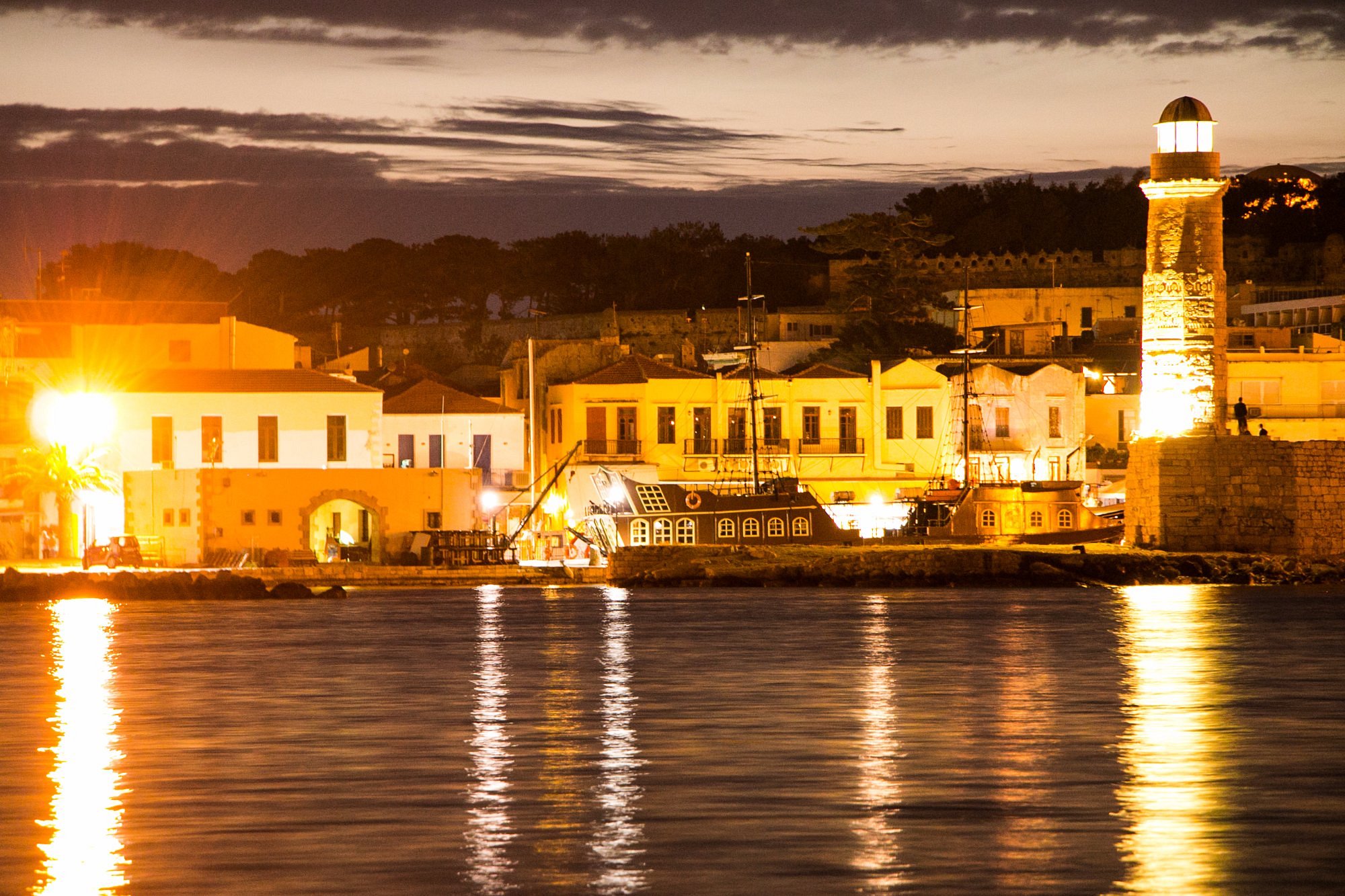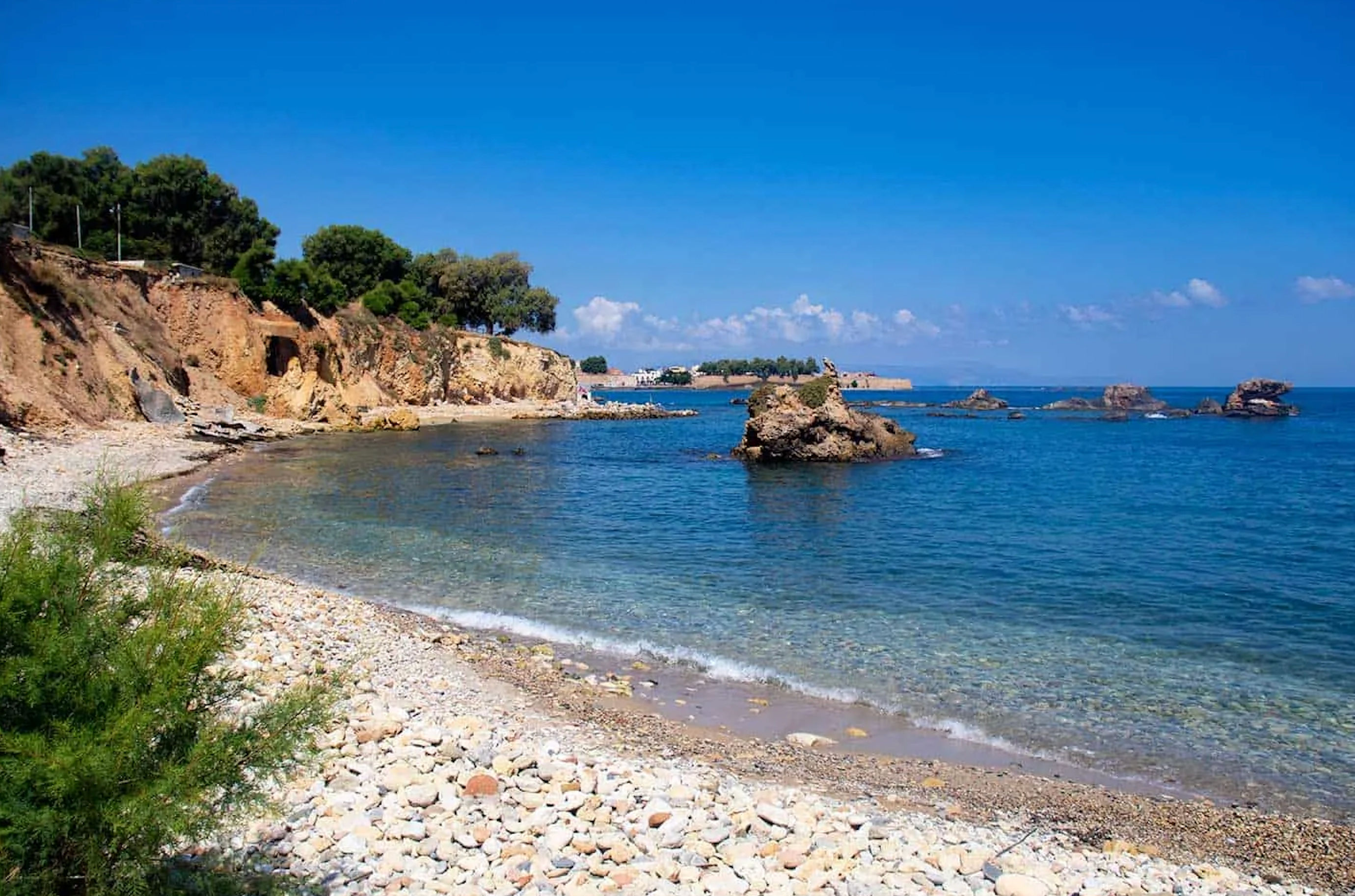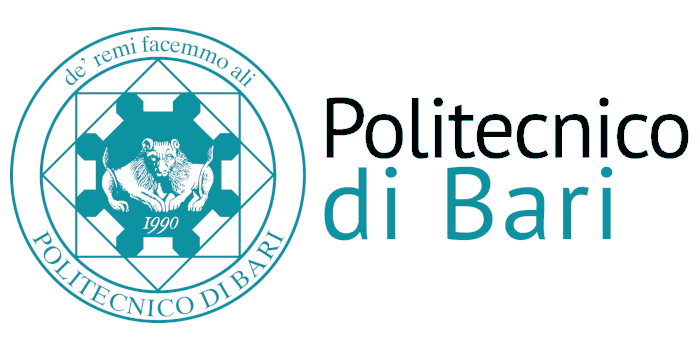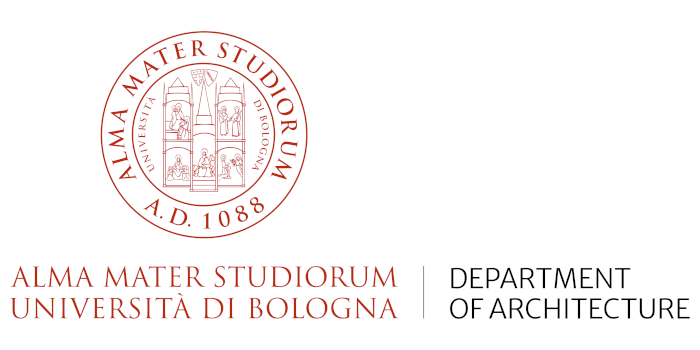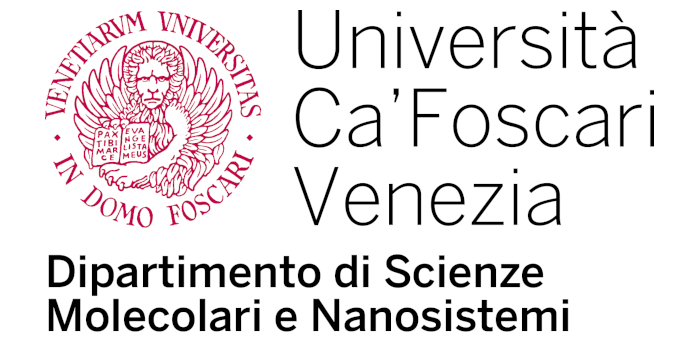Chania (also spelled Hania) is the capital city, a place where different civilizations have flourished throughout the centuries. Strolling around the Old Town’s maze-like alleys with the beautiful Venetian mansions, the fountains and the churches will guide you through well-preserved historical monuments.
The city of Chania is built on the area of Minoan Kidonia, at the end of the homonym gulf between Akrotiri and Onicha peninsulas. It was the former capital city of Crete (from 1847 until 1972). Nowadays, it is the second largest city of Crete after Heraklion and capital of the homonym prefecture.
Why you should visit Chania?
The city of Chania is built - according to the archaeological research - on the ruins of ancient Kydonia, which according to mythology was founded by king Kydon and was one of the most important cities Of Crete, as Homer mentioned, whereas Kydonians are supposed to be a pre-Hellenic tribe. Chania is a wonderful mixture result of Eastern and Western civilizations.
During the ancient period (3.000-2.800 B.C.) the old harbor was used by the ancient Minoans, as a crossroad of all five Continents. Furthermore, this harbor hosted ancient Kydonia to the late 7th century A.D., one of the most important cities of ancient Crete, while it was conquered many times during the past by Romans, Byzantines, Venetians, Turks, Hebrews, Egyptians, and Arabs, till the end of the 19th century, when it was liberated. Finally, Chania
Venetian Harbor
The exquisite monuments, along with the restored centuries-old buildings, create a one-of-a-kind setting that clearly belongs to everyone’s bucket list. The iconic landmark of Chania, the Venetian Harbor clearly shows the grave importance of the city during the Venetian era of Crete (1204 – 1669). In fact, during that time, when Chania city (La Canea) was the capital of the island, the harbor of Chania was ranking second following the one in Venice. It had a capacity of more than 40 galleys, which controlled the naval trade in the Eastern Mediterranean. The Venetian architectural legacy is so fine and well-built that it exudes charm and unique character, adding value to the harbor, to this day.
Koum Kapi
Koum Kapi neighborhood got its name from the Turkish word “Kum Kapisi”, which means “Gate of Sand”. The Gate of Sand, or “Sabbionara”, which was its original Venetian name, was a big gate on the eastern end of the old walls of Chania city, which led to a beautiful sandy beach. Today, the neighborhood is known for its charming cafes and restaurants that are favored by the locals, so if you want to blend with local life, this is the place to do so. Koum Kapi offers one of the most distinct coastal promenades of the city, as it is elevated a couple of meters above sea level, providing great views. As the neighborhood is very close to the Venetian Harbor, most of the buildings are new or tastefully renovated, but this was not always the case during the area’s interesting past.
Modern Chania
Somewhere around the late 19th century, near the end of the Ottoman era, the increasing city’s population was suffocating within the limits of the Venetian Walls. Therefore the city began stretching out to the West, the East and mostly to the South. In 1870, the Turkish Chief Commander of Crete, Reouf Pasha, envisioned a city master plan of a Grand Walk for purposes of leisure and outdoor activities, beyond the Venetian Walls. Part of his daily routine, to walk towards a sandy area with a shady fig tree, gave him the inspiration to construct a City Garden (bahce) for everybody to enjoy some public, open, green space where cultural events could take place according to the European standards of the time.

